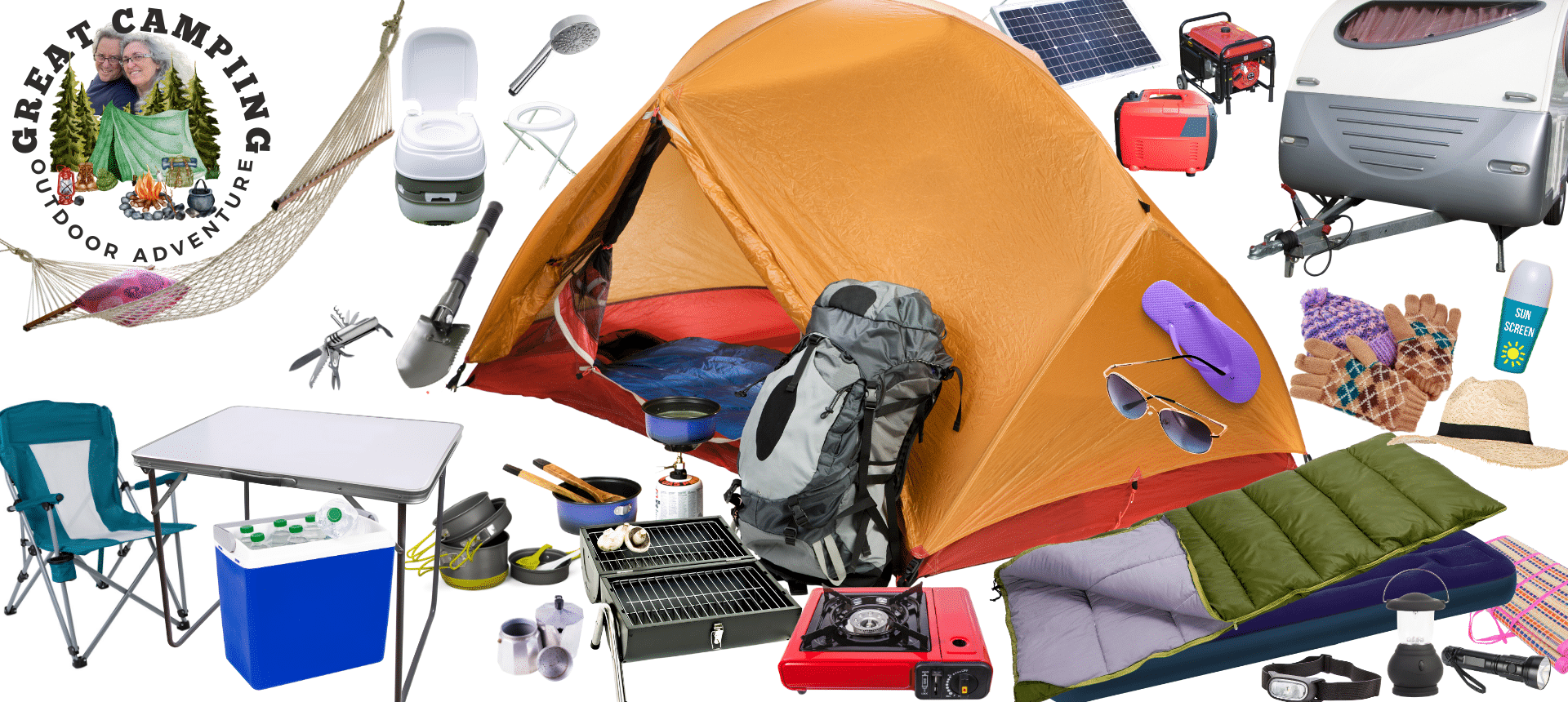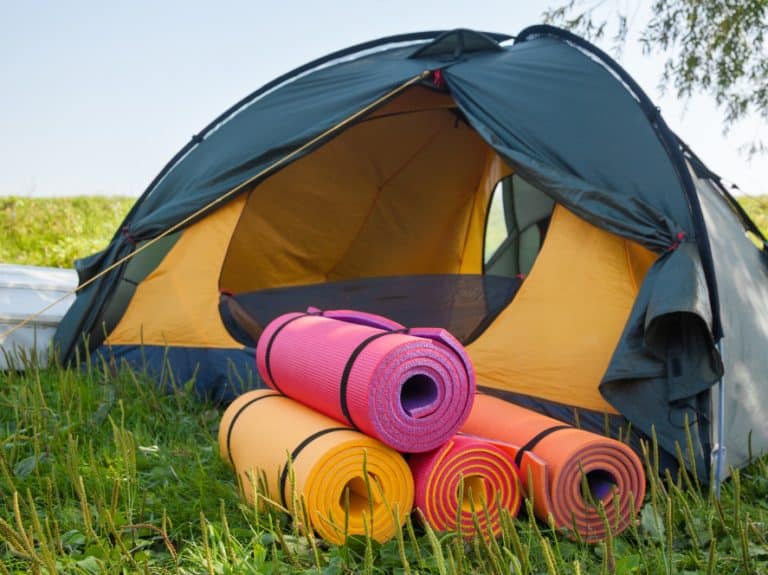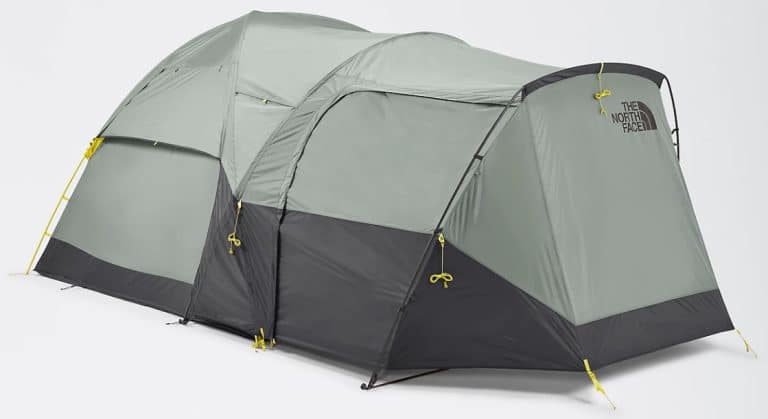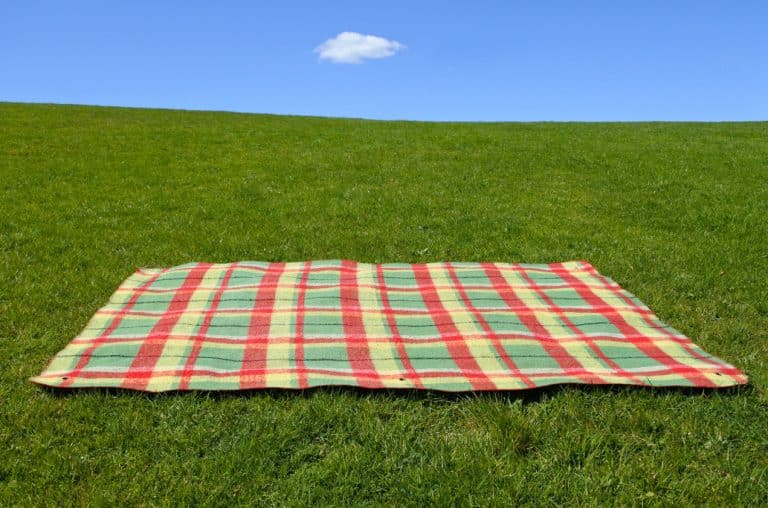Sleeping pads are essential camping equipment designed to provide insulation and cushioning between you and the ground, ensuring a more comfortable night’s sleep. They come in various types, materials, and sizes to suit different preferences and camping conditions. Here are some key aspects to consider when looking for a sleeping pad:
Insulation
The insulation provided by a sleeping pad is measured by its R-value, which indicates its ability to resist heat transfer.
The R-value is a measurement used to indicate the insulation properties of a sleeping pad, specifically its ability to resist heat flow. A higher R-value means better insulation, which translates to greater warmth and comfort during your camping or backpacking trip. Here are some key points to consider when evaluating the R-value of a sleeping pad:
- Temperature suitability: The R-value is crucial for determining if a sleeping pad is suitable for the temperatures you’ll be camping in. Higher R-values (4 and above) are ideal for cold weather camping, while lower R-values (around 1-3) are suitable for warmer weather or summer camping.
- Insulation type: Different types of sleeping pads have varying R-values. Closed-cell foam pads typically have moderate R-values, while self-inflating pads and air pads can range from low to high R-values, depending on their construction and insulation materials.
- Personal preferences: Your personal preferences and sleeping habits should also be considered when selecting a sleeping pad based on its R-value. If you tend to sleep cold or require extra warmth, opt for a higher R-value. Conversely, if you sleep warm or will be camping in mild temperatures, a lower R-value may be sufficient.
- Balancing R-value with other factors: While a higher R-value is desirable for insulation and warmth, it may come at the cost of increased weight, bulk, or price. It’s essential to balance the R-value with other factors such as weight, comfort, and price to find the most suitable sleeping pad for your needs.
- Standardized testing: In recent years, the outdoor industry has adopted a standardized testing method for determining R-values called ASTM F3340-18. This ensures that R-values are consistent and comparable across different brands and products.
When choosing a sleeping pad, consider the R-value in relation to the temperatures you’ll be camping in, the type of pad, your personal preferences, and other factors such as weight, comfort, and price. Understanding the R-value can help you make an informed decision and select a sleeping pad that provides the appropriate level of insulation and warmth for your outdoor adventures.
Types of sleeping pads
Three main types of sleeping pads are available: air, self-inflating, and closed-cell foam:
Air Pads

Air pads are a type of sleeping pad designed for camping and backpacking that offer excellent comfort and cushioning by using air as the primary source of insulation. These pads need to be inflated either manually by blowing air into them or with the help of a pump. Here are some key features and aspects to consider when looking at air pads:
- Lightweight and packable: Air pads are known for their lightweight design and compact size when deflated, making them an ideal choice for backpackers and minimalist campers who prioritize low weight and minimal space consumption in their packs.
- Comfort: Air pads can provide a high level of comfort, as they allow you to adjust the firmness and support by simply adding or releasing air. This customization can help you find the perfect sleeping surface for your preferences and body type.
- Insulation: Although air pads primarily rely on air for insulation, many also incorporate insulation materials or reflective layers to improve their thermal performance. These additional features can help air pads retain warmth more effectively and provide better insulation in colder conditions.
- Inflation and deflation: Air pads can be inflated manually by blowing air into them or using a dedicated pump. Some air pads come with built-in pumps or compatible pump sacks to make inflation easier and more hygienic. When it comes to deflation, air pads usually have a valve that allows for quick deflation and easy packing.
- Durability: While air pads are generally made from durable and puncture-resistant materials, they can still be susceptible to leaks and punctures. It’s essential to carry a repair kit and be cautious when selecting a campsite to minimize the risk of damage to your air pad.
- Noise: Some air pads can be noisy when you move around on them due to the materials used. If you’re a light sleeper or concerned about disturbing your tentmates, look for air pads with quieter materials or consider using a soft cover to reduce noise.
Air pads are popular among campers and backpackers for their lightweight, packable design and customizable comfort. However, they require proper care and attention to avoid punctures and leaks. Consider the factors mentioned above when selecting an air pad to ensure it meets your specific camping needs and preferences.
Closed-cell foam pads
Closed-cell foam pads are a type of sleeping pad that offers a lightweight, durable, and affordable option for campers and backpackers. They are made from dense foam with closed-air cells that provide insulation and cushioning. Here are some key features and aspects to consider when looking at closed-cell foam pads:
- Lightweight: Closed-cell foam pads are typically lightweight, making them an excellent choice for backpackers and hikers who need to minimize their pack weight. They can be easily strapped to the outside of your backpack without adding significant bulk or weight.
- Durability: Due to their foam construction, closed-cell foam pads are highly durable and resistant to punctures, tears, and general wear and tear. They can withstand rough surfaces and are less likely to be damaged compared to air pads or self-inflating pads.
- Insulation: Closed-cell foam pads provide good insulation, helping keep you warm by trapping air in closed cells. While they may not offer the same level of insulation as self-inflating pads, they are generally more insulating than air pads.
- Water resistance: The closed-cell structure of these pads makes them resistant to water, ensuring they won’t absorb moisture and become wet during your camping trip. This can be particularly useful in damp or wet conditions.
- Affordability: Closed-cell foam pads are often more budget-friendly than other sleeping pad options, making them a popular choice for those looking for an affordable and reliable option.
- Comfort: While closed-cell foam pads provide cushioning and support, they may not be as comfortable as air pads or self-inflating pads due to their firmness and thinner construction. They are best suited for those who prefer a firmer sleeping surface or plan to camp on relatively even terrain.
- Ease of use: Closed-cell foam pads do not require inflation, making them quick and easy to set up and pack.
When choosing a closed-cell foam pad, consider factors such as weight, durability, insulation, water resistance, affordability, comfort, and ease of use. Closed-cell foam pads are a practical, budget-friendly option for campers and backpackers seeking a lightweight, durable, and insulating sleeping surface.
Self-inflating pads
Self-inflating pads are a type of sleeping pad that combines the benefits of air pads and foam pads, providing a comfortable and supportive sleeping surface while camping or backpacking. They use open-cell foam and airtight fabric to inflate automatically when the valve is opened. Here are some key features and aspects to consider when looking at self-inflating pads:
- Ease of use: Self-inflating pads are easy to set up, as they automatically inflate once the valve is opened, eliminating the need for manual inflation. You may need to add a few breaths of air to reach your desired firmness. To deflate, open the valve and roll the pad tightly, compressing the foam and expelling the air.
- Comfort and support: Self-inflating pads offer a combination of air and foam insulation, providing a comfortable sleeping surface with good support. The foam structure helps to distribute your body weight evenly, reducing pressure points and ensuring a restful night’s sleep.
- Insulation: The foam within self-inflating pads provides excellent insulation, making them suitable for a wide range of temperatures and conditions. They typically have higher R-values (a measure of insulation) compared to air pads, making them better suited for colder weather camping.
- Durability: Self-inflating pads are generally more durable than air pads, as they are less susceptible to punctures and leaks due to their foam construction. However, it’s still essential to take care when choosing a campsite and storing your pad to avoid potential damage.
- Weight and packability: While self-inflating pads are more compact and lightweight than traditional foam pads, they are generally bulkier and heavier than air pads. Consider the pad’s weight and packed size when deciding, especially if you plan to carry it in a backpack.
- Noise: Self-inflating pads tend to be quieter than air pads, as the foam construction helps to minimize noise when you move around during sleep.
When choosing a self-inflating pad, consider factors such as comfort, support, insulation, ease of use, durability, weight, and packability. Self-inflating pads can provide a comfortable and convenient sleeping solution for campers and backpackers, offering a good balance between comfort, insulation, and ease of use.
Size and weight
Consider the size and weight of the sleeping pad when packed and unfolded. Backpackers and minimalist campers should opt for lightweight and compact options, while car campers or those prioritizing comfort can choose larger, more comfortable pads.
Thickness and comfort

Determine the level of comfort you require and choose a pad accordingly. Sleeping pads vary in thickness, which affects their overall comfort. Thicker pads provide more cushioning and support but can be heavier and bulkier.
Durability
Durability is an essential factor to consider when selecting a sleeping pad for camping or backpacking. A durable pad can withstand regular use, resist punctures and tears, and provide long-lasting comfort during your outdoor adventures. Here are some key aspects to consider when evaluating the durability of a sleeping pad:
- Material: The materials used in the construction of a sleeping pad play a significant role in its durability. Closed-cell foam pads are generally the most durable option, as they are made from dense foam that is less prone to punctures or tears. Self-inflating pads and air pads, which utilize air for cushioning, can be more susceptible to damage but can still offer good durability if made from high-quality, puncture-resistant materials such as ripstop nylon or polyester.
- Thickness: The thickness of a sleeping pad can also contribute to its durability. Thicker pads may provide better resistance to punctures and wear over time. However, this should be balanced with other factors such as weight, packed size, and comfort.
- Construction quality: A well-constructed sleeping pad will have reinforced seams, high-quality valves, and a strong bond between the fabric and the internal insulation or air chambers. Look for pads from reputable brands with good reviews and a history of reliable products.
- Protective features: Some sleeping pads come with additional protective features, such as a puncture-resistant bottom layer or an included repair kit for fixing small leaks or tears in the field. These can help extend the lifespan of your pad and provide peace of mind during your camping trips.
- Proper care and maintenance: Taking good care of your sleeping pad can also contribute to its durability. Follow the manufacturer’s recommendations for cleaning, storing, and repairing your pad to ensure it lasts as long as possible.
When evaluating the durability of a sleeping pad, consider factors such as material, thickness, construction quality, protective features, and proper care.
Ease of setup and packing
Some sleeping pads are easier to set up and pack away than others. Air pads may require manual inflation, while self-inflating pads can be more convenient. Consider the setup process and your personal preferences when choosing a pad.
A well-chosen sleeping pad can greatly enhance your camping experience by providing insulation, cushioning, and comfort during the night. Consider your specific needs, preferences, and factors such as type, insulation, size, weight, and durability to find the perfect sleeping pad for your outdoor adventures.










